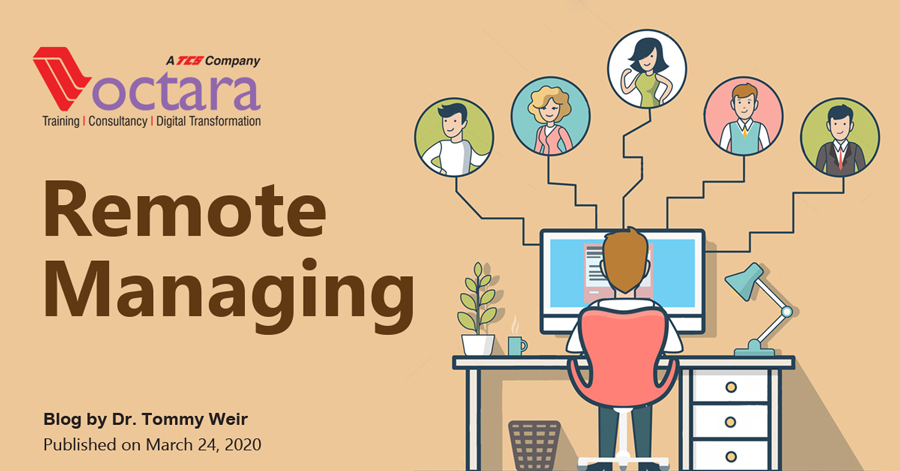
A few years back, the World Economic Forum estimated that automation would replace seven million jobs by 2020, and well, here we are. With a whole quarter still to play out, it’s too early to say whether the prediction was correct, and too soon to know what impact COVID-19 has had on the balance of man versus machine, but one thing is for sure; whether the forecast was accurate or not: automation is an unstoppable machine, and it’s coming to a workplace near you.
In manufacturing alone, more than 1.7 million jobs have been lost to robots since the year 2000, according to Oxford Economics. That includes more than 260,000 in the United States, and with almost half of American jobs deemed as “highly automatable” by researchers, the angst that the prospect of automation can in still in mere mortal employees is understandable – if misplaced.
Automation is not a science project gone wrong, the act of a rogue professor, or a phenomenon akin to an alien invasion. Humanity has spent decades – centuries even – painstakingly developing technologies that can make life better, easier and frankly more enjoyable. We should be proud of our collective automation achievements, not afraid.
When it comes to all-things automation, sensational media headlines often paint a picture of impending doom, but it’s not all bad. In fact, it’s not bad at all. Yes, automation takes away, but it gives back so much more in return. In 2018, another report from the World Economic Forum estimated that 75 million jobs might be displaced in the five year period up to 2022, but that 133 million new roles could also emerge as a result of the new division of labor between humans, machines and algorithms.
But it’s about more than just job numbers; it’s also about time. What automation takes away in processes – the manual tasks, repetitive actions, and drudge work – it gives back in precious hours. It takes on the grunt work and frees people up to spend their time more valuably. So, what’s not to like? Who wouldn’t trade tedium for free time?
Sceptics need only look back to the Industrial Revolution to see the positive impact that automating work processes can have. Long story short, the introduction of the assembly line alleviated tired workers of wasteful tasks and shortened the working week, freeing people up to spend more quality time with family outside of work, and more productive time in work. What’s more, automation has rarely equated to unemployment. Take IT for instance: after the invention of the computer, unemployment actually fell and median earnings doubled.
Automation will inevitably lead to limited job losses in some settings – factory workers or call center employees perhaps – but on the whole, it transforms roles, rather than making them null and void. In short, automation encourages work forces to up skill, not downsize.
This is especially true when AI and machine learning are added into the mix. In media, for example, AI technologies can write news stories just by analyzing raw financial data, with few if any reporters losing their jobs, while in the legal profession, lawyers are now using e-discovery algorithms to find documents relevant to their cases, without firing their paralegals. Instead, journalists, paralegals and workers in numerous other sectors are freed up to take on more stimulating and enriching roles that advance their development and add value to their employers.
In essence, by giving us the gift of time, automation is creating a scenario that is less about what we have to do, and more about what we’re capable of.
Maybe that is the scary part: the onus is now on us to be more creative, more productive and more valuable at work. Automation relieving us of the tedious tasks that consume much of the working day, means we are left with the question of what to do with all our new-found extra time, and more importantly, how to make it count.
So, what will you do with yours?
Printed originally in Gulf News (7 September 2020)
Sources: https://www.linkedin.com/pulse/automation-its-time-tommy-weir/



